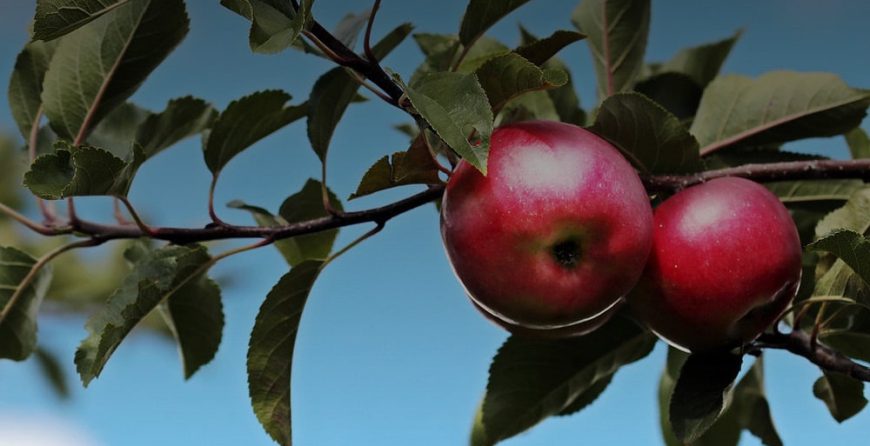 Wouldn’t it be great if our yards looked just like Bob Ross paintings all the time? Despite our best efforts, agricultural efforts, things can sometimes go south. Even if you love your trees and have done everything you can think of to keep them happy and healthy, things can go wrong, especially if you’re not taking care of them properly.
Wouldn’t it be great if our yards looked just like Bob Ross paintings all the time? Despite our best efforts, agricultural efforts, things can sometimes go south. Even if you love your trees and have done everything you can think of to keep them happy and healthy, things can go wrong, especially if you’re not taking care of them properly.
Part of the problem is that homeowners tend to seek help for their trees once it’s too late. If you suspect your tree’s health may be in jeopardy, the best thing to do is call an ISA (International Society of Arboriculture) certified professional right away. This certified and credentialed tree care individual can take a look at your tree and give you the correct diagnosis as well as care tips.
When a Certified Arborist comes to your property, he or she will perform a general assessment of all your trees. The arborist will then set goals, outline protection plans, schedule routine maintenance, and create a plan that sticks to your budget. To find a Certified Arborist near you, visit the ISA website today.
Beyond working with a Certified Arborist, there are several things you can do at home to keep your trees healthy:
1. Maintain Healthy Soil – Many people forget that the same basic horticultural practices used for plants should be applied to trees as well. One of the easiest ways to keep your trees healthy is to create healthy soil for your them. The first step in doing so is to increase microbial activity.
For your tree to thrive, it has to have good interaction with the soil. Keep in mind that most yards have compacted soil, which prevents healthy root interaction. Soil compaction can be caused by construction equipment and rainwater.
To prevent compaction from becoming a serious problem, keep construction or landscaping away from the drip line of the tree. If you can, try to allow a larger circumference just to be on the safe side.
2. Correct Planting – It can be easy for tree planting to go wrong, so stick to these easy tricks. Pull soil away from the trunk flare to find where it meets the root zone. Don’t plant the tree deeper than where the trunk flare meets the top roots. It’s tempting to put peat moss around the planting hole, but don’t because it will cause the roots to wind around each other just like they would in a plastic container.
3. Maintain Hydration – Watering your tree during the first season is crucial. Err on the side of caution and keep of a regular watering routine during the second season too. Once you reach year three, the tree should be doing well.
4. Use Fertilizer – Most people don’t have to worry about the nutrients their trees are getting because there is enough in the soil. But, if you haven’t gotten a soil test, you’ll have no way of knowing if your soil needs anything to support your trees.
Once you have your soil test results and know your soil’s pH level, complete the recommended steps. If your soil needs fertilizer, be sure add it before planting any new trees. You should only need a thin layer and don’t over-fertilize the tree.


